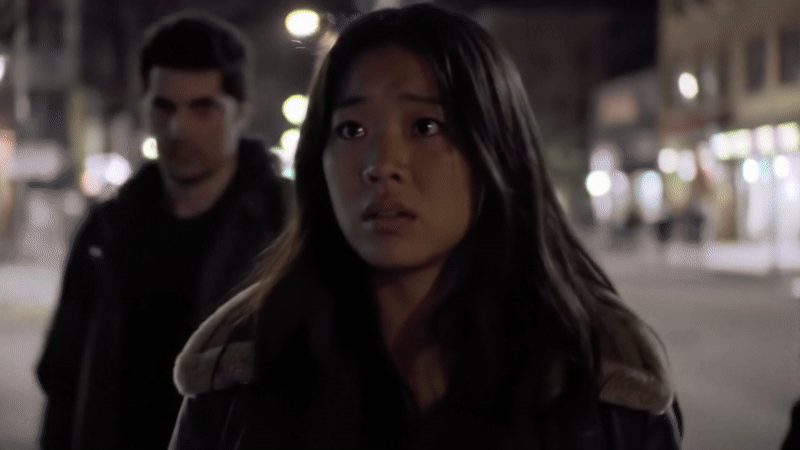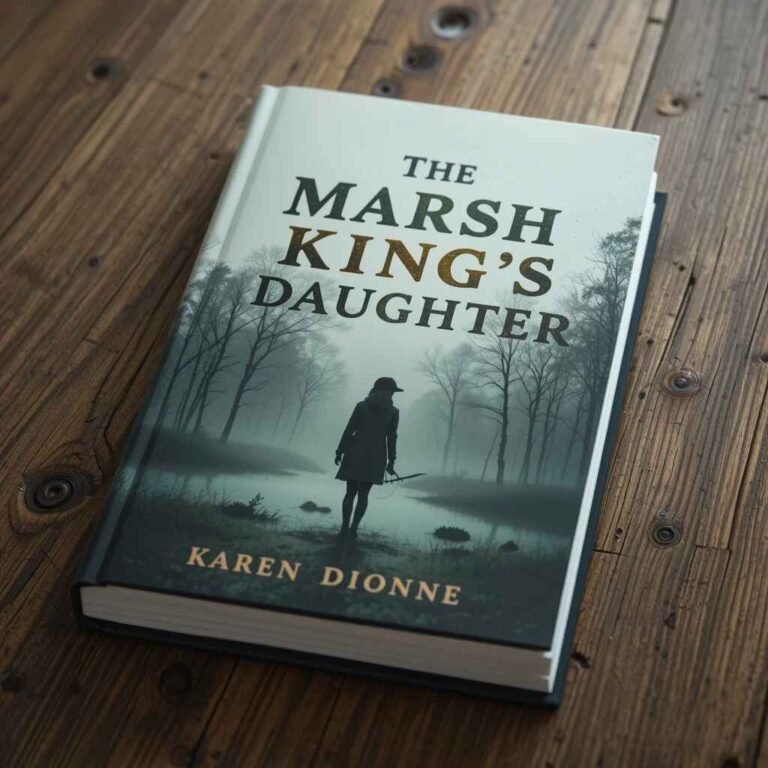Book Review: ‘Woman, Eating’ by Claire Kohda
Have you ever felt like you’re stuck between two worlds—never fully fitting into one, yet unable to leave the other behind? Woman, Eating by Claire Kohda isn’t your typical vampire tale. It’s a haunting, deeply personal story that speaks to anyone who’s struggled with identity, isolation, or the invisible weight of cultural expectation. Through Lydia’s eyes, we experience a life torn between hunger and guilt, heritage and selfhood, survival and shame. This novel doesn’t just tell a story—it reflects the inner battles so many of us face in silence.
What is the book ‘Woman, Eating’ about? ‘
“Woman, Eating” by Claire Kohda is a dark, emotional novel about Lydia, a half-human vampire navigating life, identity, and isolation in modern London. Through her struggles with cultural expectations, food, and loneliness, the book explores themes of belonging, racial tension, and self-discovery, blending vampire mythology with raw human experiences.

Navigating Identity and Isolation in Lydia’s Life
Reading about Lydia, a twenty-three-year-old mixed-ethnic artist and half-human vampire, felt deeply personal to me, especially as someone familiar with cultural tension. Raised by her Malaysian-British mother who fed her only pig’s blood and instilled guilt, Lydia now lives alone in a London studio, starting fresh as an intern at a famous gallery. Yet, despite this new beginning, she battles isolation, anxiety, and the shadows of her past—depression and suicidal thoughts rooted not only in her personal struggles but also in wider societal issues like racial hatred and workplace harassment. Big Swiss Woman Eating Truth also resonates through her journey, as the novel goes beyond vampire fiction to reveal a raw and haunting portrait of growing up caught between worlds, grappling with belonging, and living with a fractured identity.

Lydia’s Complex Dance with Food and Self
At the heart of Woman, Eating is Lydia’s complicated relationship with food, especially pig’s blood—a symbol of both survival and shame imposed by her mother. Secretly squatting in a studio and surrounded by other young artists, Lydia is caught between her human desires and monstrous nature. This tension echoes classic vampire themes but also highlights modern struggles with identity, loneliness, and societal alienation. The novel’s subtle portrayal of depression and disconnection makes Lydia’s story feel painfully real, while the dark humor and bittersweet moments bring humanity to her unusual existence. Kohda’s fresh take on vampire lore skillfully explores what it means to be trapped between two worlds, both physically and spiritually.
The Dark Shadows of Fear and Violence
Lydia’s story also powerfully reflects real-world fears—xenophobic stares, racial violence, and sexual harassment—that shadow her daily life. These experiences amplify the vampire myth into a commentary on modern prejudice and hostility. Kohda weaves in folklore like Baba Yaga to deepen this blend of myth and reality, creating a chilling atmosphere where Lydia’s struggles with being seen as a monster resonate beyond the supernatural. The constant feeling of being watched and judged, alongside moments of trauma, give the novel an emotional weight that stays with the reader, making it more than just a vampire story but a moving exploration of fear, otherness, and resilience.

Lydia’s Journey Toward Self-Assertion
Despite some uneven pacing, Woman, Eating is a powerful character-driven novel about Lydia’s growth from confusion toward self-assertion. Confined in a windowless studio, binge-watching shows like Buffy the Vampire Slayer, Lydia learns to reclaim control over her life and identity, even as she struggles with her mixed heritage and hunger for pig’s blood. Kohda’s debut blends feminist themes and radical change within a vampire narrative, challenging traditional genre boundaries. Through sparse yet effective prose, the story balances the eerie and the human, showing Lydia’s fledgling art career alongside her encounters with strange men and her role as both predator and prey. This haunting tale lingers, inviting readers to reflect on the blurred lines between humanity and monstrosity.
Conclusion: A Haunting Reflection on Identity and Belonging
Woman, Eating by Claire Kohda isn’t just a vampire novel—it’s a deeply emotional exploration of what it means to be caught between cultures, expectations, and identities. Lydia’s internal battles, shaped by her heritage and supernatural hunger, mirror the struggles many face with self-acceptance and societal alienation. Through its subtle horror and powerful symbolism, the book speaks to anyone who has ever felt out of place or unseen. It leaves readers with an unsettling truth: sometimes the hardest thing to live with isn’t the monster inside, but the world outside.






